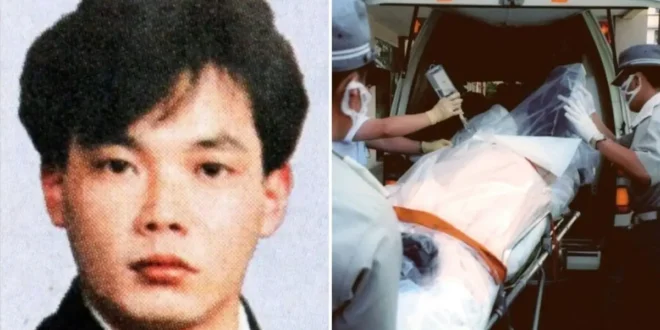Hisashi Ouchi’s story is a powerful and poignant chapter in the history of medical science and human endurance. Known primarily for his tragic experience, Hisashi Ouchi’s life and the photos documenting his journey offer a window into the severe consequences of radiation exposure. This article will provide an overview of Hisashi Ouchi’s story, the role of photos in narrating his experience, and the broader implications of his case.
Who Was Hisashi Ouchi?
Background
Hisashi Ouchi was a Japanese nuclear technician who became known globally due to a tragic accident in 1999. Working at a nuclear facility, he was exposed to a lethal dose of radiation, which led to severe health complications and a prolonged struggle with the effects of radiation poisoning.
The Incident
The incident occurred when Ouchi was involved in a criticality accident, leading to a massive release of radiation. This event not only had devastating effects on his health but also raised significant concerns about safety protocols in nuclear facilities.
The Significance of Photos in Hisashi Ouchi’s Story
Documenting the Tragic Impact
Photos of Hisashi Ouchi taken during his hospital treatment provide a stark portrayal of the effects of acute radiation syndrome. These images are often used to illustrate the severity of his condition and to raise awareness about the dangers of radiation exposure.
- Medical Documentation: Some photos are part of medical records and were taken to document the progression of his condition.
- Public Awareness: Other images have been shared in various media to highlight the tragic consequences of radiation exposure and the need for stringent safety measures.
Ethical Considerations
While photos play a crucial role in raising awareness, it is important to approach them with sensitivity and respect for Ouchi’s experience and privacy. These images should be viewed in the context of their purpose—to inform and advocate for improved safety standards.
The Impact on Nuclear Safety
Lessons Learned
The tragic accident involving Hisashi Ouchi brought significant changes to nuclear safety protocols. The following improvements were made:
- Enhanced Safety Measures: Facilities implemented stricter safety protocols and training to prevent similar incidents.
- Increased Regulations: Regulatory bodies revised guidelines to ensure better protection for workers handling radioactive materials.
Ongoing Advocacy
Hisashi Ouchi’s case continues to serve as a sobering reminder of the risks associated with nuclear technology. Advocacy groups and safety experts use his story to promote ongoing improvements in safety and to support research into better protective measures.
Frequently Asked Questions (FAQs)
1. Why are photos of Hisashi Ouchi significant?
Photos of Hisashi Ouchi are significant because they provide a visual representation of the severe effects of radiation poisoning. They help raise awareness about the dangers of radiation exposure and the importance of safety protocols.
2. How did Hisashi Ouchi’s accident impact nuclear safety?
Hisashi Ouchi’s accident led to enhanced safety measures in nuclear facilities, including stricter regulations and improved safety protocols to protect workers from radiation exposure.
3. What is acute radiation syndrome (ARS)?
Acute Radiation Syndrome (ARS) is a serious health condition resulting from a high dose of radiation exposure. It affects multiple organ systems and can lead to severe symptoms and health complications.
4. Where can I find more information about Hisashi Ouchi?
More information about Hisashi Ouchi can be found through academic articles, safety advocacy organizations, and reputable news sources that discuss his story and its implications for nuclear safety.
Read more Ronda Rousey: A Look at the Career and Impact of the MMA Star
Conclusion
The story of Hisashi Ouchi is a powerful reminder of the risks associated with radiation and the importance of rigorous safety measures. The photos documenting his journey serve as a crucial tool for raising awareness and advocating for better safety protocols. By understanding his story and its impact, we can work towards a safer future in the nuclear industry.

